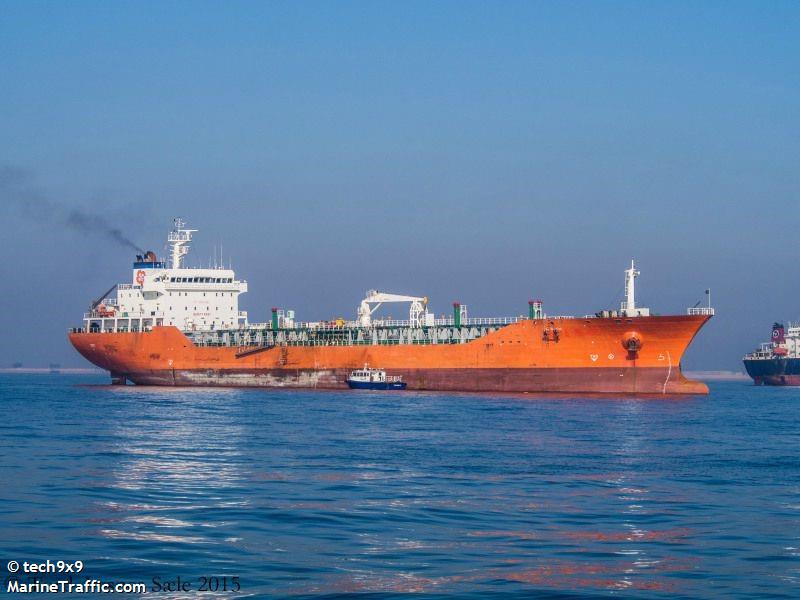[ad_1]
Japanese shipping major Mitsui OSK Lines (MOL) today came clean on what most in the industry already knew – the reason for this year’s most high profile shipping casualty. Japan’s largest shipping line also warned in the unveiling of new safety measures that from now on it would become far more involved in the selection of all senior crew on ships it charters.
MOL was the charterer of the Wakashio
In announcing measures to prevent another reoccurrence of a Wakashio style disaster today, MOL gave the reason the ship had changed its passage plan from leaving a 22 nautical mile gap between it and the island of Mauritius to just two nautical miles. The reason cited, according to a release, was “to enter an area within the communication range of mobile phones”. Moreover, MOL revealed the crew were using a nautical chart without sufficient scale to confirm the accurate distance from the coast and water depth. In addition, MOL said a crewmember neglected appropriate watch-keeping, both visually and by radar.
MOL’s detailing of how the accident happened dovetails with what accident investigators for the ship’s flag, Panama, have revealed thus far.
In September Panamanian authorities gave an update into their ongoing Wakashio accident investigation, having interviewed most of the crew.
The registry has been able to ascertain that the Wakashio’s crew, in the afternoon of July 25, celebrated the birthday of one of the crewmembers.
Furthermore, the ship deviated from its approved navigation plan. The crew have told investigators that ship came closer to the Mauritian coastline as the captain – now in jail with the first officer – sought a telephone and internet signal in order for the crew to communicate with their families.
“With an appropriate assessment safeguard and with good seamanship practices, that should have generated an analysis which would have allowed to carry out the pertinent actions to correct this situation,” the Panama Maritime Authority noted in an update.
Like MOL, the Panamanian investigators believe the ship did not have the right chart onboard. Moreover, the wrong chart was used and with the wrong scale as well.
“The lack of supervision and monitoring of the navigation equipment, the distraction generated by the officer of watch, who lost the course of navigation completely, and the excess of confidence during the watch, could be some of the reasons that caused the ship running aground in the beaches of Mauritius,” the Panama Maritime Authority stated.
The Panama Maritime Authority had earlier suggested the ship ran into difficulty because of bad weather, although data providers at the time showed there was no inclement weather around southern Mauritius when the bulk carrier entered local waters.
MOL, which has already spent considerable sums helping in the clean up and rehabilitation of communities affected by the spill, said today it had earmarked a further Y500m ($4.82m) in measures to prevent another accident like the Wakashio.
Cases of ships heading near shorelines to access wifi are common, especially this year when crew have been stuck at sea for many more months than their contracts stipulate thanks to Covid-19 travel restrictions. As 2020 ends, there are still far too few ships equipped with free wifi for all aboard.
Writing his annual review in his inimitable, wry style yesterday, Splash lead columnist Andrew Craig-Bennett noted: “Another thing that nobody talks about is the near universal practice of ships taking every opportunity to pass within cellphone range of any coast that has a mobile phone system, i.e. anywhere. Wonder why people do that?”
While the Wakashio was this year’s most high profile casualty there were plenty of other ship write-offs making headlines such as the Stellar Banner VLOC, which grounded off Brazil in February and was eventually scuttled in June. The most deadly shipping casualty of the year was the Gulf Livestock 1, a converted livestock carrier that went down off southern Japan in a typhoon in September with the loss of 41 lives and more than 5,800 cattle.
[ad_2]
Source link